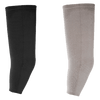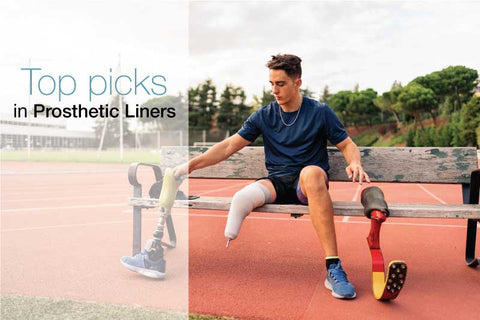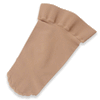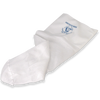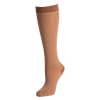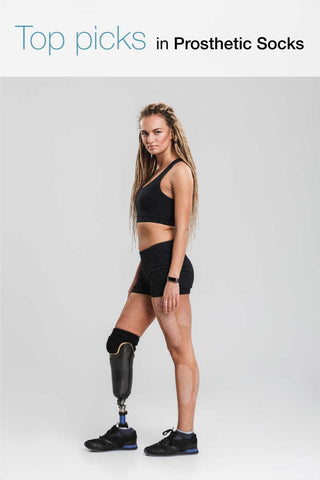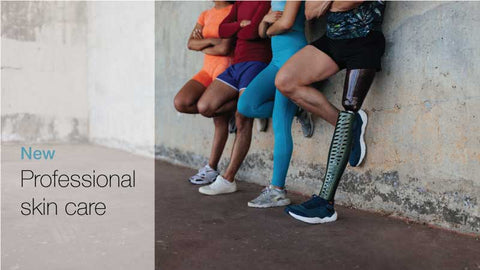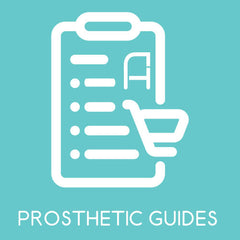Comparing Muscle Strength in People with Above-Knee Limb Loss—With and Without A Prosthesis
Reading Time: 3 minutes
Losing a limb, particularly above the knee, can greatly affect one’s muscle strength and how well they can move. This is why it’s important to know how muscle strength, the ability to move, and prosthetic limbs work together. While prosthetic limbs are essential to help people with limb loss regain their mobility, using these devices can also alter their muscle strength.

A recent study published in the journal Prosthetics and Orthotics International sheds light on how using a prosthetic leg affects muscle strength in individuals with above-knee limb loss. The researchers explored how wearing a prosthesis influences isometric muscle strength—the ability to push or pull against something that doesn’t move, like a wall—and its correlation with functional mobility.
The study
The cross-sectional study involved 20 participants with a single above-knee limb loss. Researchers used a handheld dynamometer to measure isometric strength in hip flexion, extension, and abduction, both with and without the prosthesis. Meanwhile, functional mobility was evaluated using the Timed Up and Go test, a widely recognized assessment tool.
Key findings
The study found significant differences in muscle strength when participants used their prosthesis compared to when they did not. Specifically, the strength measurements were higher in hip flexion (p = 0.007), extension (p < 0.001), and abduction (p = 0.003) while wearing a prosthetic leg.
These findings suggest that individuals using an above-knee prosthetic leg experience muscle strength improvements than when they don't use the prosthesis. For example, the results show that the study participants showed significant muscle strength in hip flexion affecting knee extension (the straightening of the leg at the prosthetic knee joint) while wearing their prosthesis.
Additionally, there was a strong link between how well participants could move and their strength in hip flexion (p = 0.005) and abduction (p = 0.01) when using the prosthesis. This implies that the more strength they gain in these areas, the better they can move and function in their daily lives.
What do these findings mean for above-knee prosthesis users?
For someone wearing an above-knee prosthetic leg, this means that using their prosthesis can enhance muscle strength, which can lead to improved mobility and function. Furthermore, following a rehabilitation plan that focuses on strengthening these muscle groups could further enhance one's mobility and overall quality of life.
Related Reading:
The Differences in Hip Muscle Strength and Balance Among Above-Knee Amputees

